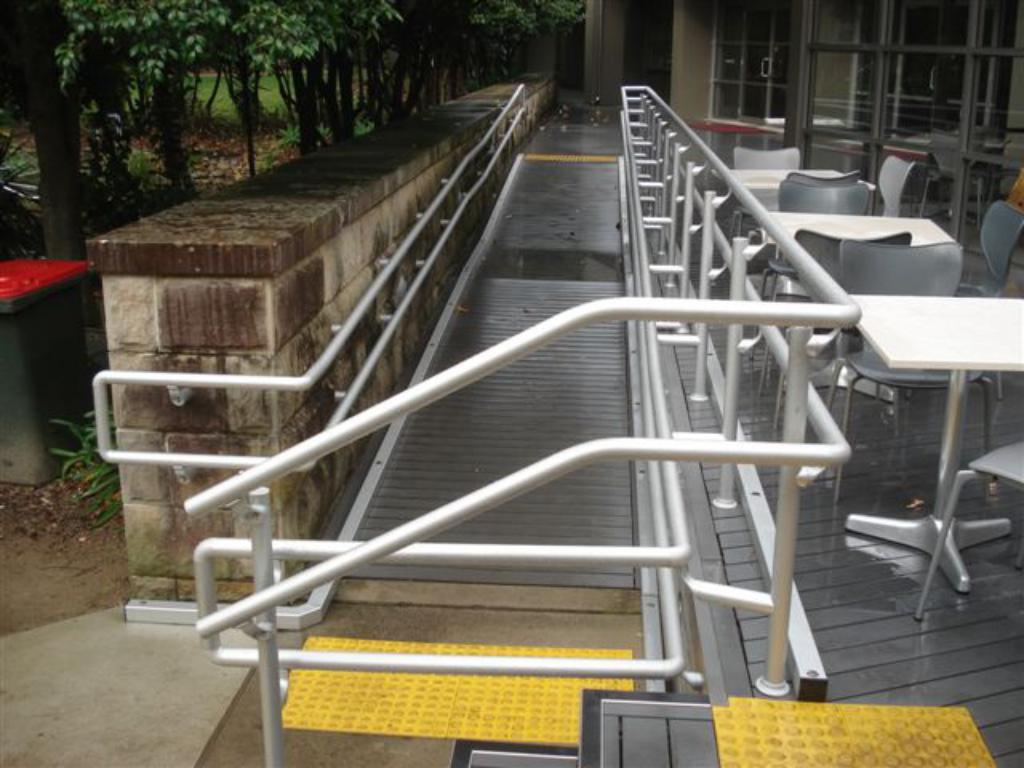Image Source: Google
Handrails are an essential element in any architectural structure, providing safety and support for individuals navigating stairs, ramps, and elevated platforms. In modern architecture, the traditional approach to handrail design has evolved significantly with the introduction of modular handrail systems. These innovative systems offer a wide range of benefits, from enhanced flexibility and customization to improved ease of installation and maintenance.
The Evolution of Handrail Design
Traditional Handrail Systems
- Traditional handrail systems are typically made of materials like wood, metal, or glass.
- They are often custom-made to fit a specific space and require on-site fabrication and installation.
- Maintenance and repairs can be time-consuming and costly due to the need for specialized tools and labor.
Modular Handrail Systems
- Modular handrail systems are pre-fabricated and easily assembled on-site, reducing installation time and labor costs.
- They offer a high level of customization with a variety of materials, colors, and finishes to choose from.
- Modular handrail systems can be easily reconfigured or expanded to adapt to changing needs or design preferences.
The Benefits of Modular Handrail Systems
Enhanced Flexibility
- Modular handrail systems allow for easy customization to fit the specific requirements of a project.
- They can be tailored to match the aesthetic of the building or space, enhancing the overall design.
- Modular handrail systems offer flexibility in terms of height, length, and configuration, making them adaptable to various architectural styles and layouts.
Improved Safety
- Modular handrail systems are designed to meet safety regulations and standards, ensuring optimal protection for users.
- They provide a sturdy and secure support system to prevent accidents and injuries in high-traffic areas.
- Modular handrail systems can be equipped with additional features like LED lighting or tactile indicators for enhanced safety and accessibility.
Cost-Effective Solutions
- Modular handrail systems offer a cost-effective alternative to traditional handrail systems, reducing overall project expenses.
- They require less on-site fabrication and installation time, saving on labor costs and minimizing disruptions to the construction schedule.
- Maintenance and repairs are simplified with modular handrail systems, leading to long-term cost savings for building owners.
Applications in Modern Architecture
Commercial Buildings
- Modular handrail systems are widely used in commercial buildings, such as offices, retail stores, and healthcare facilities.
- They provide a sleek and modern aesthetic while ensuring compliance with safety regulations in high-traffic areas.
- Modular handrail systems can be customized to reflect the branding and design preferences of the business, creating a cohesive look throughout the space.
Public Spaces
- Public spaces like parks, plazas, and transportation hubs benefit from the installation of modular handrail systems.
- They offer guidance and support for pedestrians navigating stairs, ramps, and walkways in outdoor environments.
- Modular handrail systems can withstand harsh weather conditions and high levels of foot traffic, making them durable and reliable in public settings.
Residential Properties
- Homeowners and developers are increasingly incorporating modular handrail systems into residential properties for both safety and design purposes.
- They can be installed in indoor and outdoor spaces, such as staircases, balconies, and decks, to enhance safety and aesthetics.
- Modular handrail systems offer a modern and customizable solution for homeowners looking to upgrade their living spaces with a contemporary touch.
Conclusion
Modular handrail systems have transformed the way safety is approached in modern architecture, offering a versatile and cost-effective solution for architects, builders, and building owners. By combining functionality with design flexibility, these innovative systems are revolutionizing the way handrails are integrated into architectural structures. As the demand for modular handrail systems continues to grow, we can expect to see even greater advancements in safety and design in the architectural landscape.

